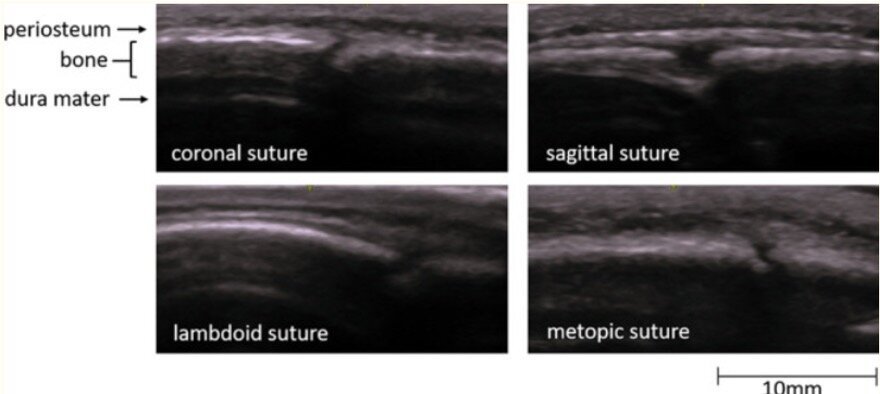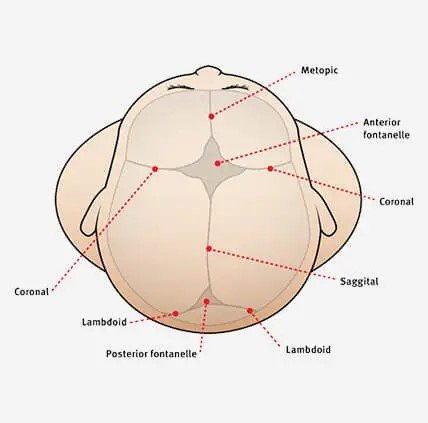Background pathophysiology:
Hemorrhagic shock is initially driven by a sympatho-excitatory phase attempting to compensate for acute blood loss and is characterized by vasoconstriction, tachycardia, and preserved MAP. The hypotension that subsequently follows is a result of decreased sympathetic nervous system activity from a physiologic exhaustion of endogenous catecholamines (norepi, epi) and other adjuncts (angiotensin II and vasopressin).
The traditional teaching:
The objectives of hemodynamic resuscitation in trauma is to restore adequate intravascular volume with a balanced ratio of blood products, correct pathologic coagulopathy, and maintain organ perfusion. The use of vasopressors has been traditionally discouraged in this setting as several studies have demonstrated that it leads to adverse outcomes and increased mortality risk. Permissive hypotension is advocated based on limited data that lower SBP and MAPs will result in improved mortality. Note that ATLS does not recommend the use of vasopressors currently.
Vasopressin as the pressor of choice for trauma?
The truth is that the optimal arterial blood pressure target for resuscitation of hemorrhagic shock patients is unknown. There are no studies that have come up with a concrete goal. In order to avoid increased mortality, we have shied away from using vasopressors as adjuncts in trauma resuscitation, but we know that intuitively, persistent hypotension and hypoperfusion are associated with worse coagulopathy and organ function. Thus, it would seem prudent to reconsider this all-or-nothing strategy for something more nuanced. In one of the landmark papers that demonstrated poor outcomes from early vasopressors by Sperry et al, vasopressin was the only vasopressor that was not associated with increased mortality.
In 2019, the AVERT-Shock trial demonstrated that vasopressin administration may improve blood pressure and perfusion without worsening blood loss or increasing mortality. Vasopressin has a direct vasoconstricting effect on V1 receptors but also increases the sensitivity of the vasculature to circulating catecholamines. This is why it is often used as a second-line agent in critical care settings. Theoretically, vasopressin may augment the effects of the limited endogenous catecholamines circulating when a body is in hemorrhagic shock and avoid the deleterious effects of adding exogenous ones.
However, note that this study included a much larger proportion of penetrating trauma compared to blunt trauma, potentially limiting generalizability. While it demonstrated a robust clinical difference, it was underpowered to show a statistically significant difference in mortality. Ultimately further investigations are needed, but this paper provides a great jumping off point into how we may reach for a more balanced approach to trauma resuscitation that may include both blood products AND vasopressors when the blood products alone do not seem to be restoring perfusion.
References
https://rebelem.com/avert-shock-vasopressin-for-acute-hemorrhage/
https://emcrit.org/wp-content/uploads/2022/04/Vasopressors_in_Trauma__A_Never_Event_.13.pdf
A. Sims et al., “Effect of Low-Dose Supplementation of Arginine Vasopressin on Need for Blood Product Transfusions in Patients With Trauma and Hemorrhagic Shock: A Randomized Clinical Trial,” JAMA Surg, Aug. 2019.









